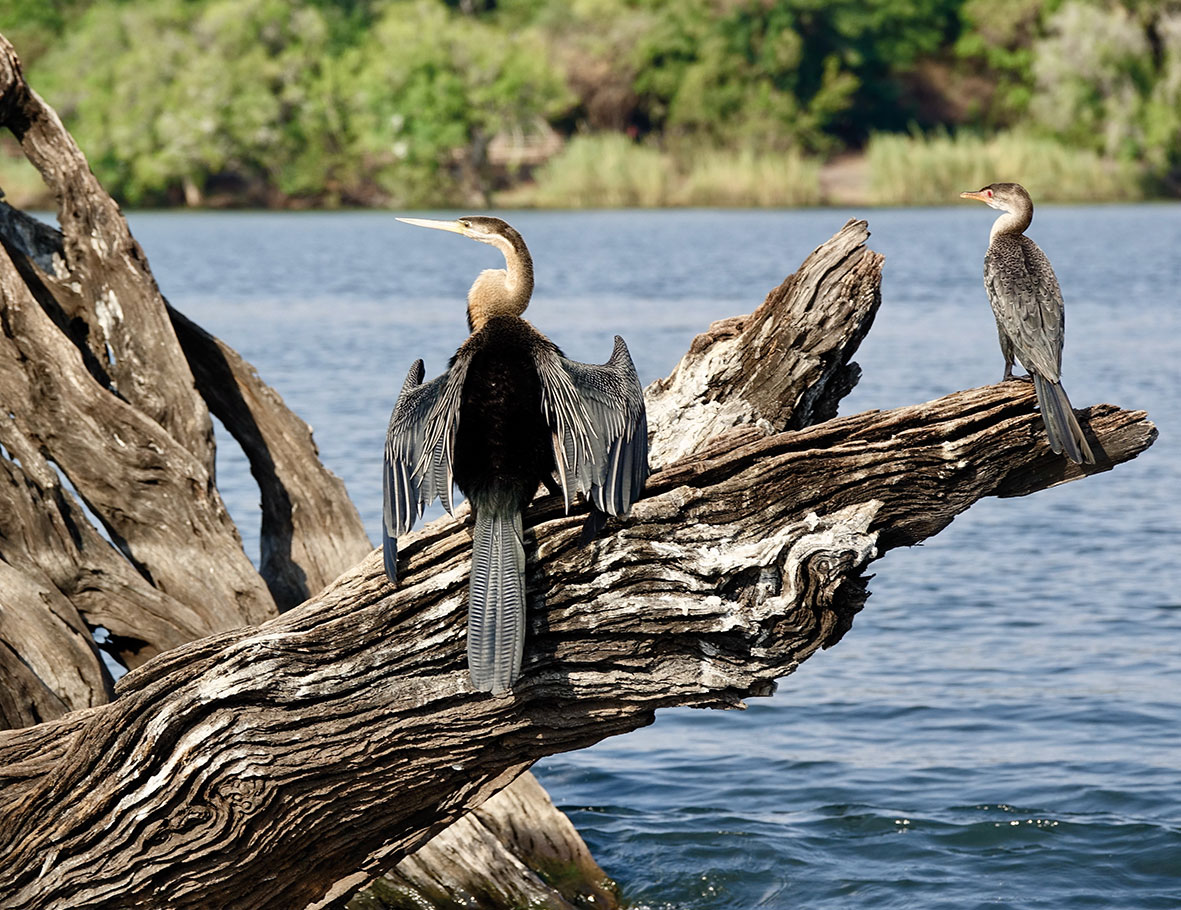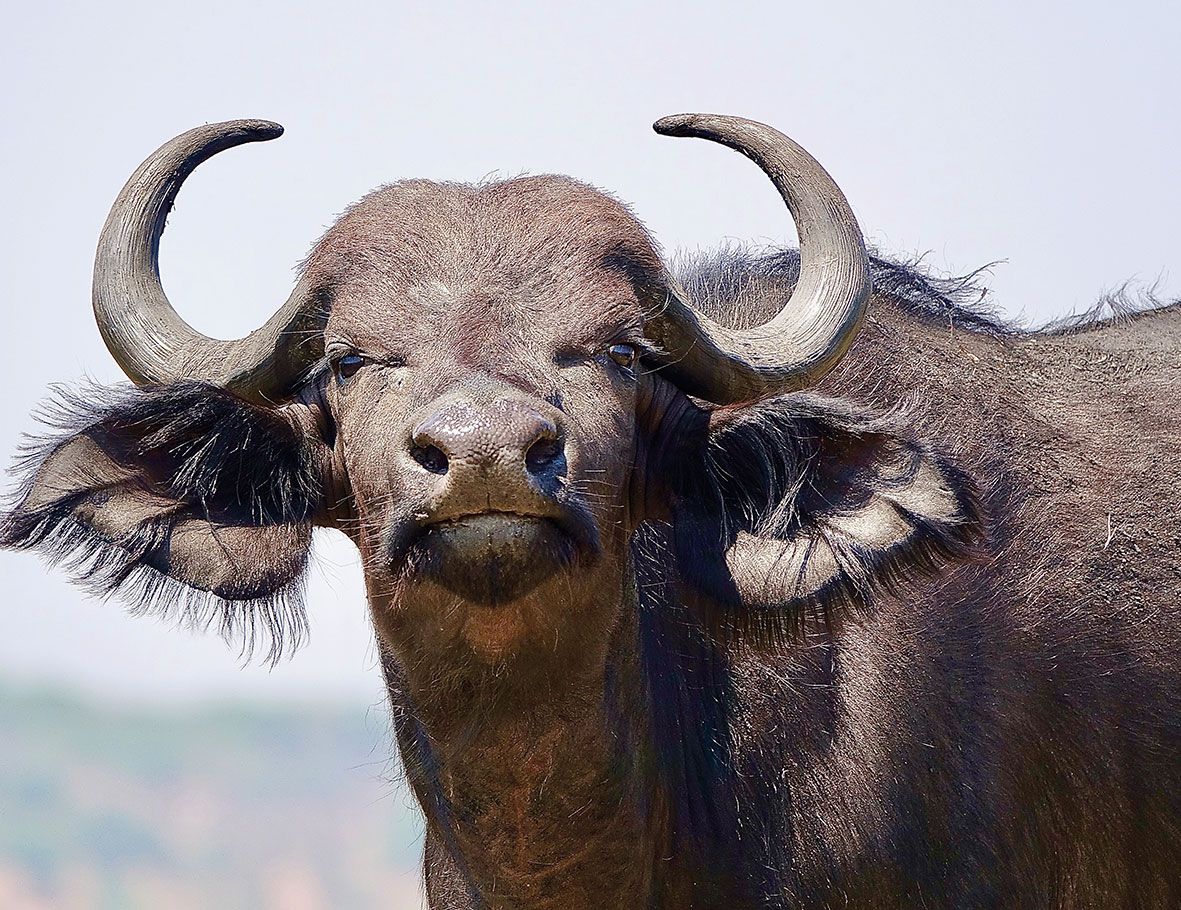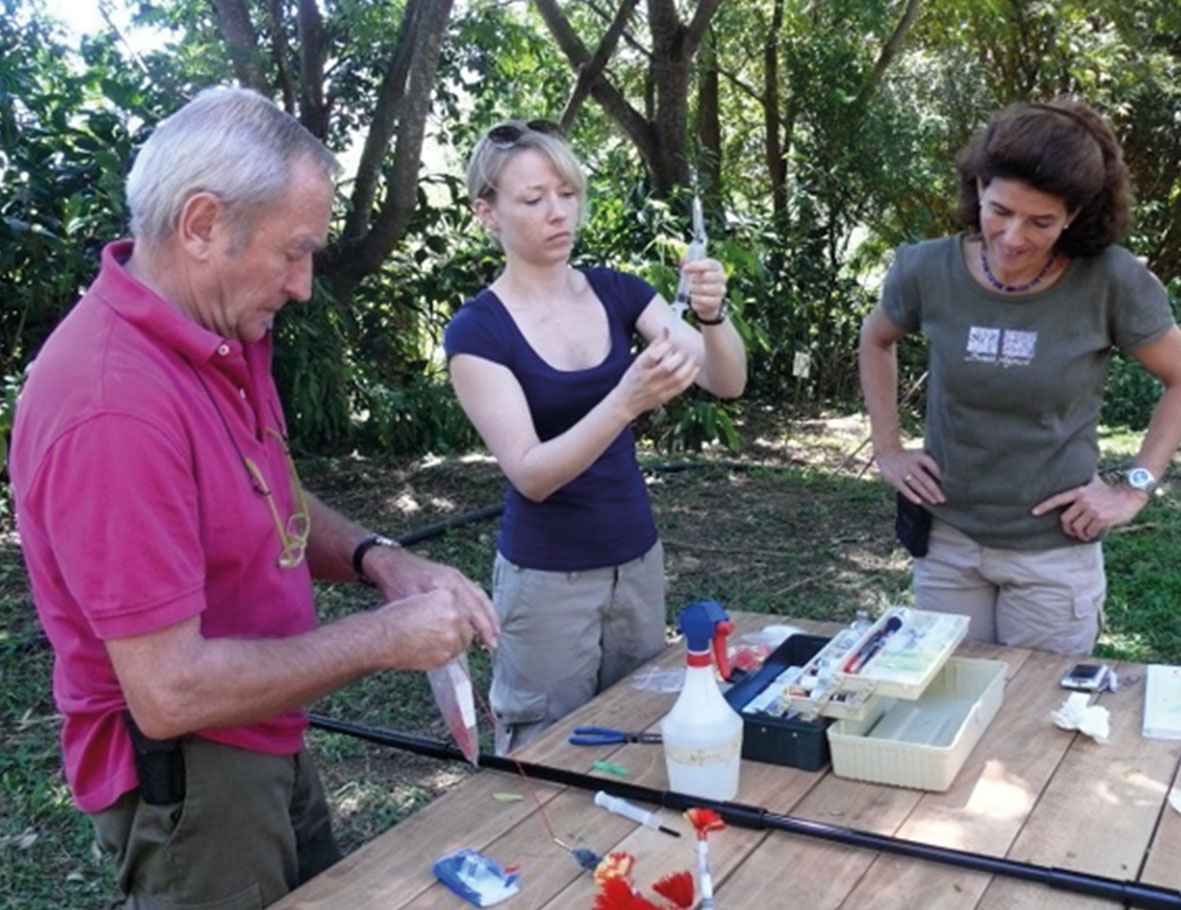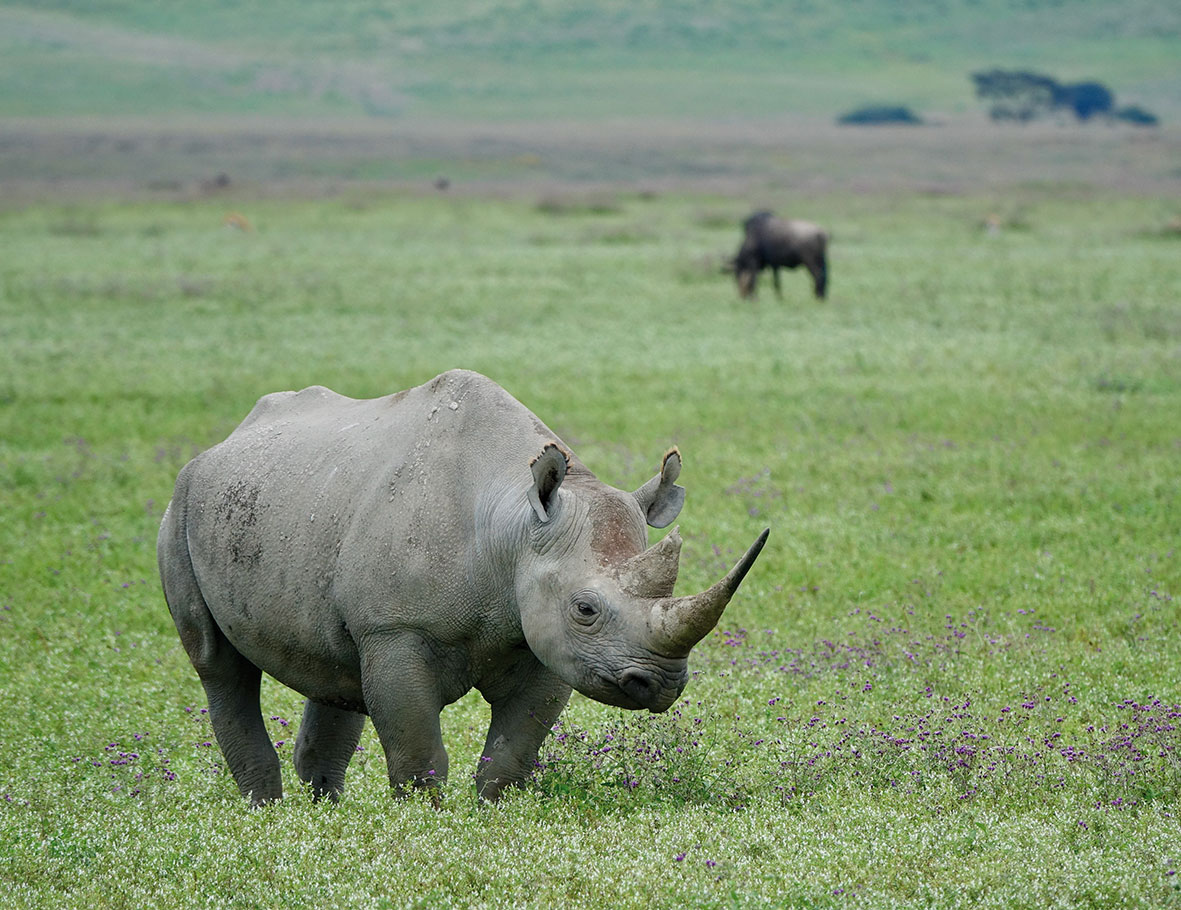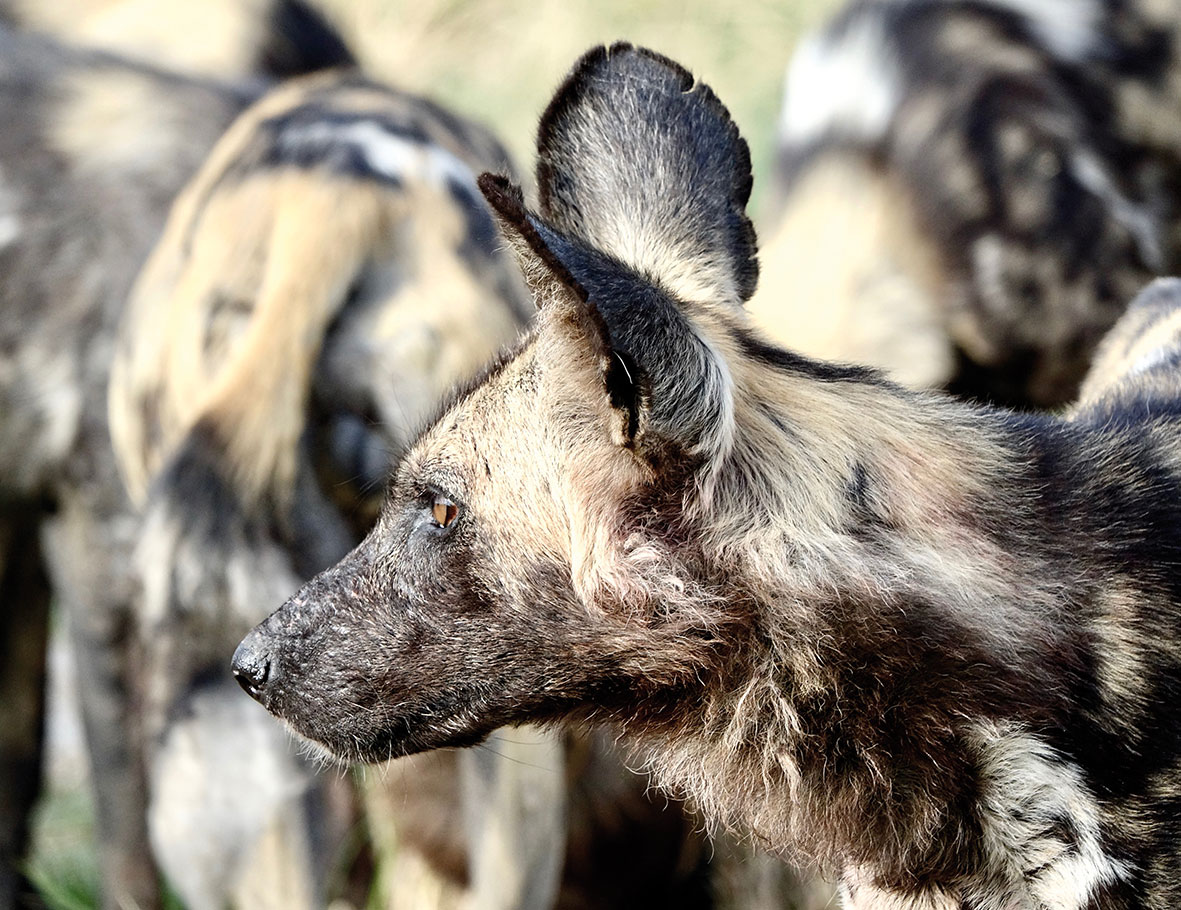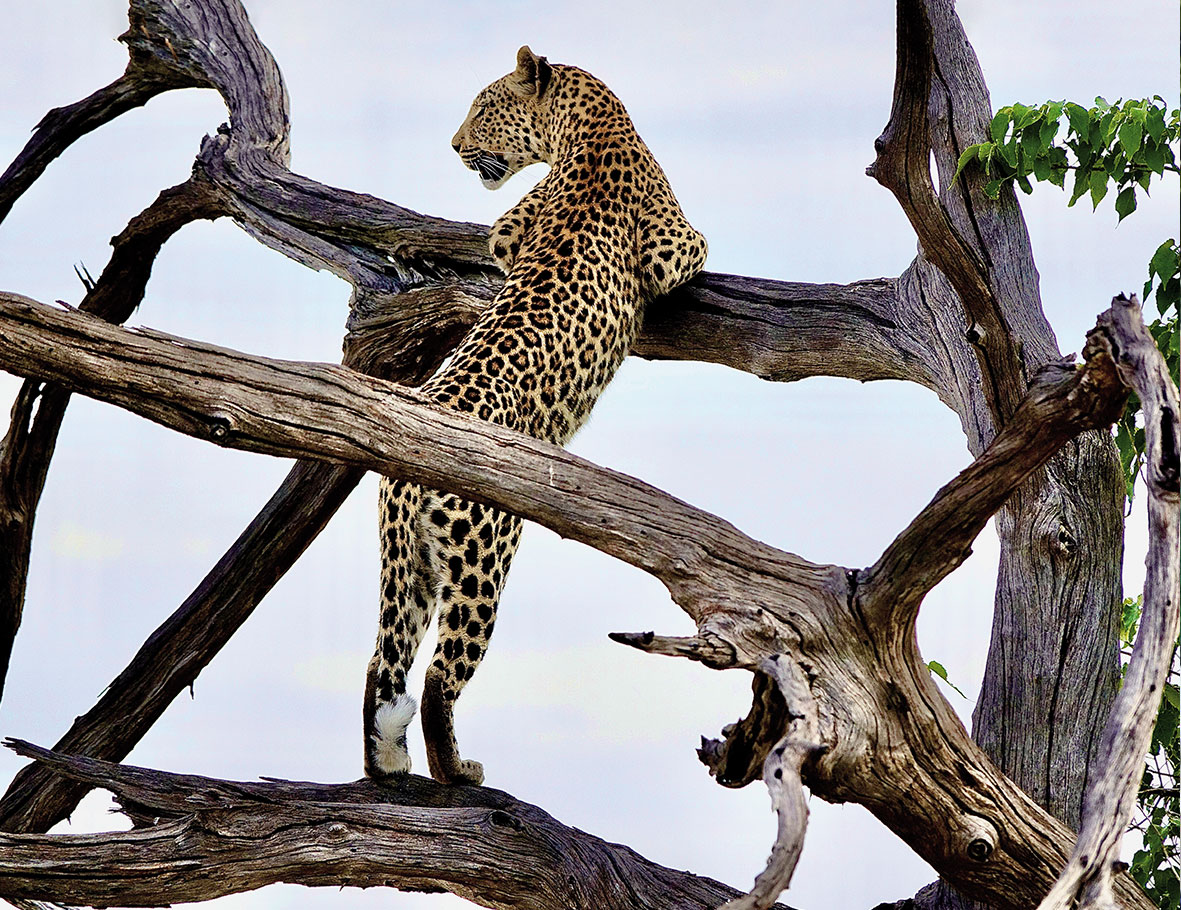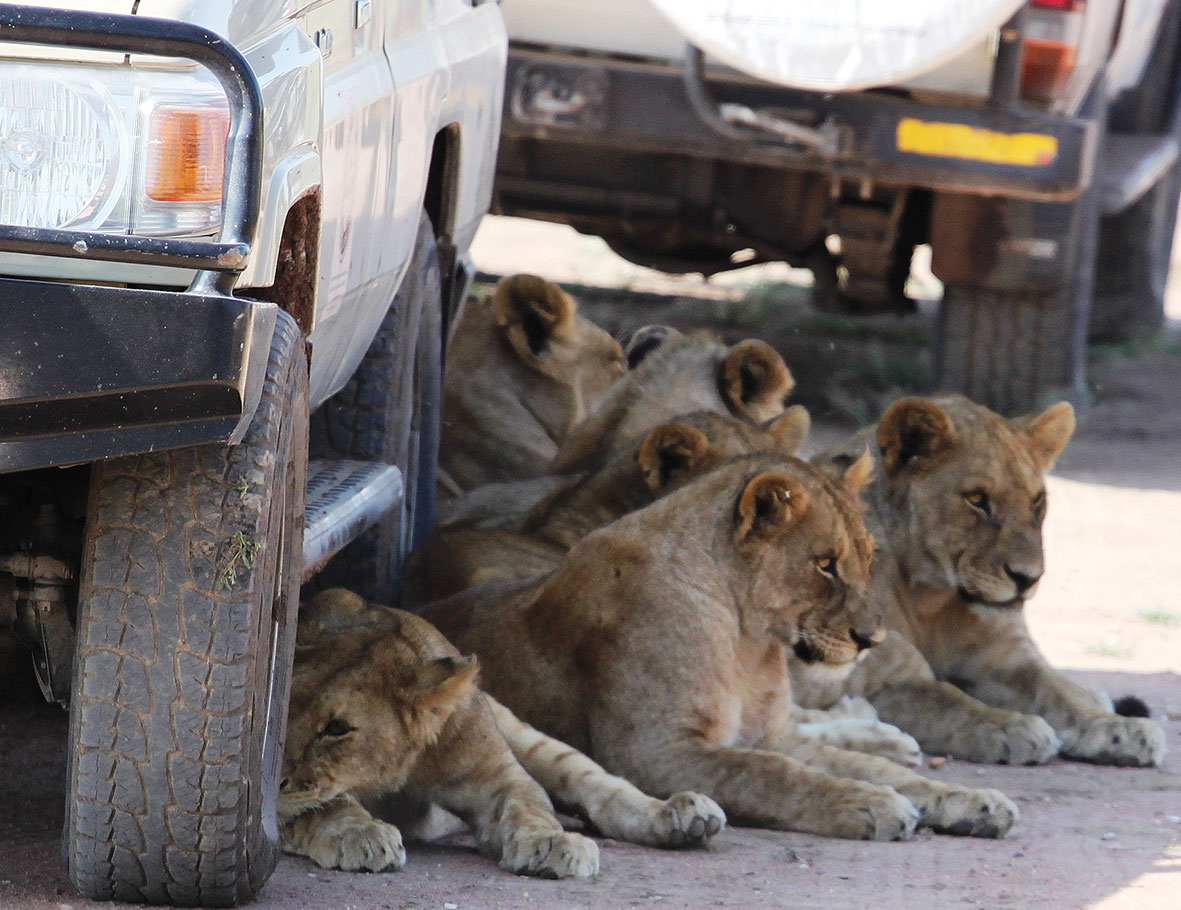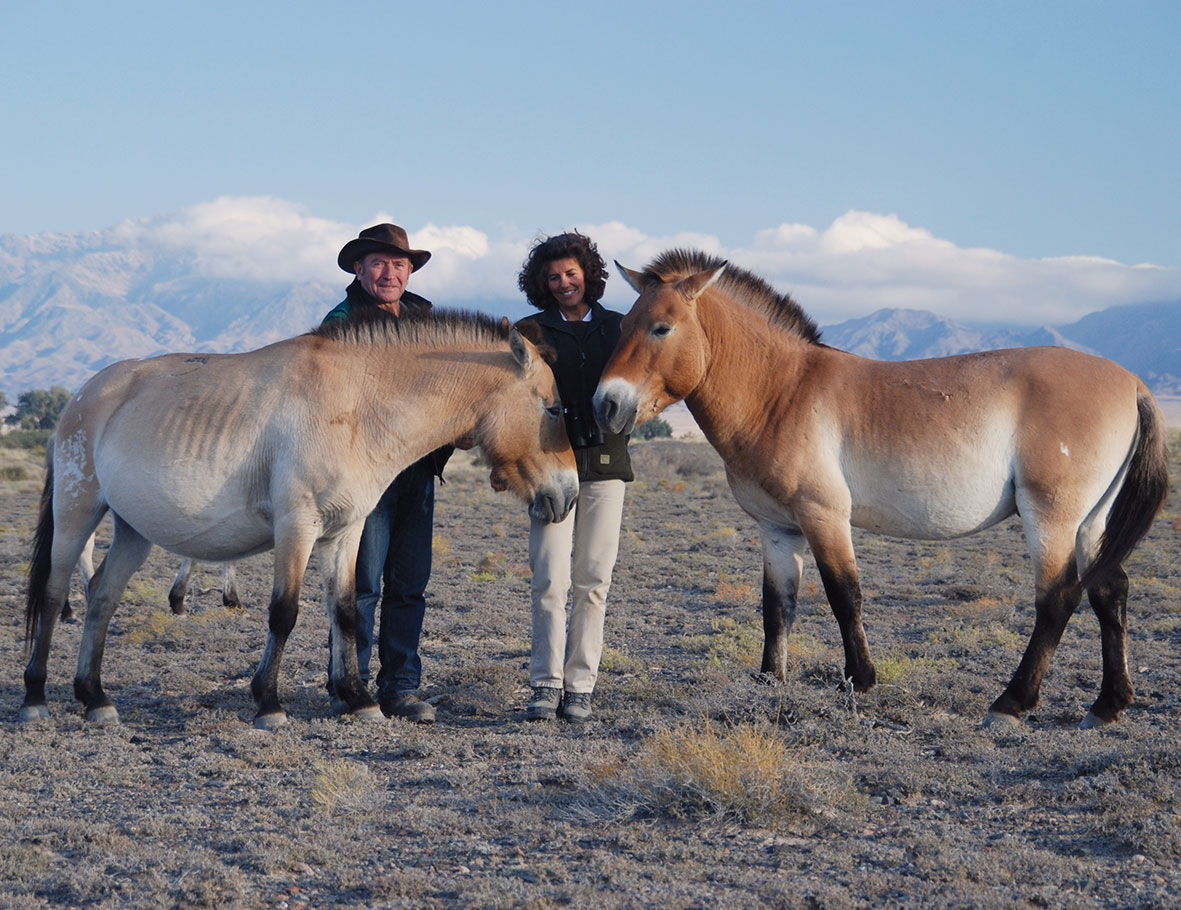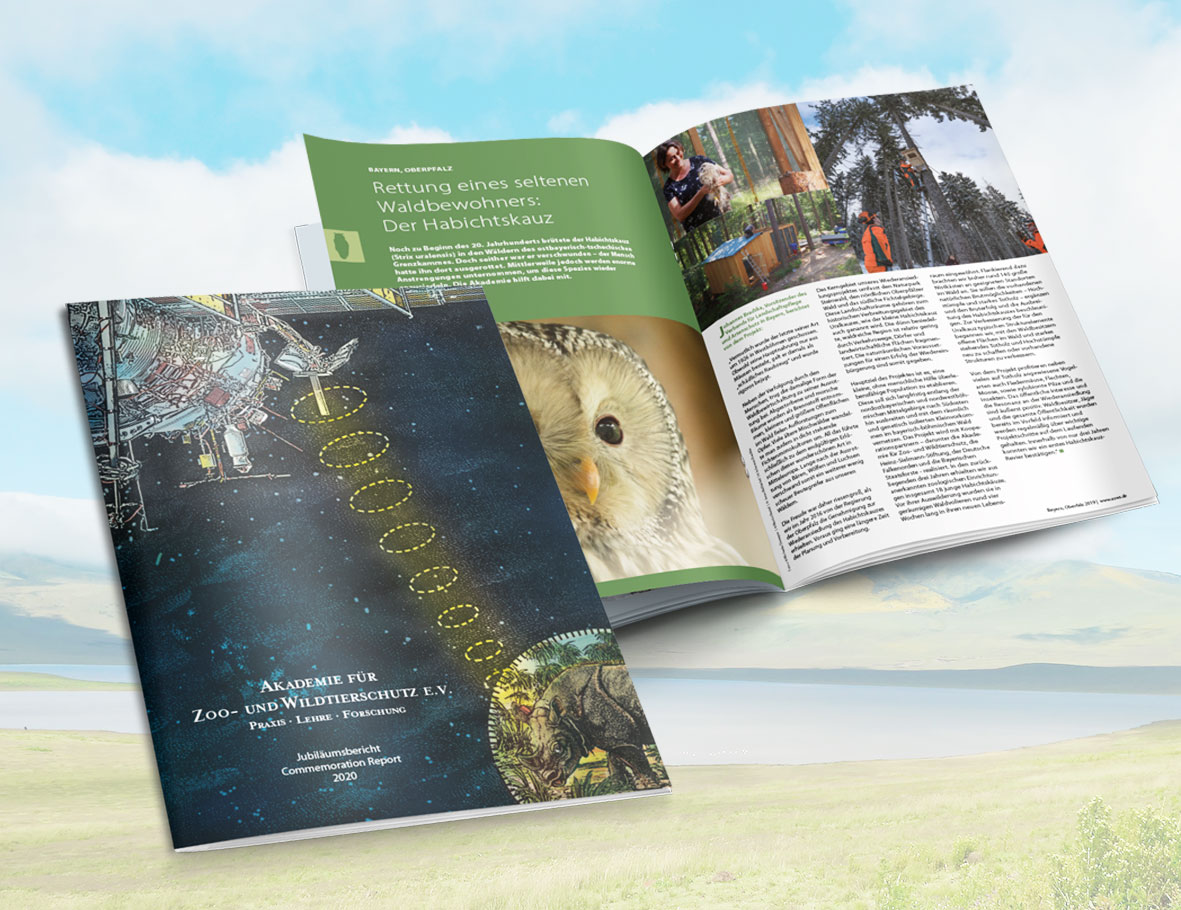Interview
10 Years Academy for the Protection of Zoo Animals and Wildlife
After many years working as colleagues in Munich’s Hellabrunn Zoo, animal, nature and species conservation was truly a topic dear to the hearts of Dr. Julia Gräfin Maltzan and Prof. Dr. Henning Wiesner.Ten years ago, the zoo and wild animal veterinarians founded the nonprofit Academy for the Protection of Zoo Animals and Wildlife, which dedicates itself to international as well as domestic species and animal protection projects. Both Academy founders discuss the inspiration behind the creation of the organization and how it has changed over the years.
How did you come to found the Academy ten years ago?
Maltzan: We were both lucky to have practiced and gained experience in a wonderful zoo over many years. We are also extremely privileged in Germany when it comes to education and science. It was our intention to use the Academy to apply our practical experience and knowledge in other places: to help wild animals in danger, assist the people responsible for protected areas or further train colleagues around the world. Not to mention species protection projects in open spaces – absolutely exhilarating!
Wiesner: Species protection has always been a special passion of mine. That’s why I became actively involved with it when I started my career in the Hellabrunn Zoo in 1972. From the very beginning and for nearly 38 years, I actively fought for species protection through my own projects. Some examples are the successful breeding of Przewalski wild horses and Mhorr gazelles with the goal of protecting both species from extinction and reintroducing them in their original habitats. I saw this as the moral legitimacy of a modern zoo. A passion doesn’t just disappear when you retire. I always took for granted that I would continue to be active in nature and species protection.
Both of you are zoo and wildlife veterinarians and distance immobilization specialists – something which most laypeople are not familiar with. What role does this kind of anesthesia play in veterinary medicine generally and in species protection specifically?
Wiesner: Distance immobilization of zoo and wild animals is a key element in veterinary medicine. Without it, animals could not be examined or treated. Animals, unlike humans, cannot comprehend why something must be done to them. That’s the reason I developed the Hellabrunn mixture in 1975 in order to gain “access to our target groups” and made the animal-friendly blowpipe technique applicable in veterinary medicine.
Maltzan: All animals can become frightened and defend themselves. That’s why the blowpipe is the perfect tool for every veterinarian. In dealing with wild animals, medical treatment without safe distance anesthesia is unthinkable. We contribute to animal and species protection through the ongoing improvement and further development of these techniques so that small monkeys or apes, poisonous snakes, big cats or elephants can be gently and safely sent into dreamland. Nevertheless, this technique of “friendly hunting” remains a constantly exciting challenge.
How has the topic species protection changed over the years?
Maltzan: Although public awareness of the topic has increased, for the most part, nothing is done about it. The world population doubles every 20 years, one million species are threatened with extinction, and this species extinction is generally a result of loss of habitat. Most people haven’t grasped the immense dimensions of this emergency. In the long run, species protection is only possible within intact ecosystems. That’s why we must stabilize them. At the least, we want to do our part to help.
Wiesner: I have been leading safaris through the Serengeti two or three times a year as a scientific travel guide for ten years. What has happened there alone in the past decade – a tiny bump in evolution – is unbelievable. The escalation of social and political pressure at the borders to the national park is enormous. Due to population growth, more and more grazing animals are pushing illegally into the park, which causes the habitat of wild animals to shrink and facilitates the spread of animal plagues, such as canine distemper on to lions or bovine mange on to Cape buffalo. I don’t even want to talk about the snares used for procuring meat. The pressure on the habitat of the animals which is caused by humans is simply tremendous: owing to Jair Bolsonaro, the rainforests in the Amazon basin are faced with irreparable destruction – an unimaginable catastrophe.
How difficult is it to protect species around the globe?
Maltzan: Species protection is and remains for many an abstract concept. Everybody wants to find an intact world when they go on safari – but preferably on another continent. Bees have a huge lobby in Germany, however, opinions differ when it comes to large predators like the lynx and the wolf. On other continents, the profusion of conflicts of interest are that much greater. What are we truly prepared to do in order to maintain a species? Personally, one possible solution seems to be to motivate people in all countries to protect nature and species – for example, through environmental education and by supporting well-run zoos.
Wiesner: Bertolt Brecht expressed it best: “Food first, then morals”. The number of eaters is growing exponentially with overpopulation. Moralists fall by the wayside.
When did you both first address animal, nature and species protection?
Wiesner: Already as a pupil on the topic of bird and nature protection. Later in my profession as zoo director, I founded the Animal, Nature and Species Conservation Centre at the Hellabrunn Zoo in Munich and raised money for on-site projects. Funds for this were not available in the normal zoo budget. Unfortunately, in those days, this kind of activity was not understood.
Maltzan: As a child, I loved the huge pasture behind our garden fence where cows grazed in summer and I can clearly remember the smell of their big muzzles. The wildflowers and the singing of the birds made me really happy and I observed everything that creeped and crawled around me. I played for days at an apparently inexhaustible source. But one day, when all of this was buried under a gigantic layer of concrete and apartment buildings, I vowed to dedicate myself to the preservation of these little pieces of paradise when I was older.
What do you hope to accomplish in the future?
Maltzan: Our goal is to further pursue the three pillars of practice, teaching and research. This includes personal involvement on site wherever necessary, the continued education of pupils, students, zoo employees and rangers domestically and abroad, as well as the support of scientific projects and studies. I am particularly committed to further edu-cation in developing countries so that especially there, zoological facilities and protected areas can fulfil their educational mission and motivate the population to protect the habitats of ‘their’ wildlife.
Wiesner: We will continue to support smaller animal, nature and species conservation projects in a targeted, non-bureaucratic way through our personal efforts and by raising money. We especially value sustainability. On the one hand, wealthy Germany can still do so much more for endemic animals, nature and species conservation. On the other hand, we are star-gazing a bit. One significant highpoint is the ICARUS Project which supports pioneering fundamental research. The same applies to the cooperation with the Frankfurt Zoological Society, as well as the long-standing collaboration with the Leibniz Institute for Zoo and Wildlife Research in Berlin (IZW). We collaborate in the rhinoceros project, for example, and recently in our new common intention: cryos sperm preservation in artificial insemination for highly endangered crane species.
Is species protection threatened by the Corona pandemic?
Wiesner: The more extensive the damage to public health with an ensuing economic recession, the greater the peril for species protection worldwide. But how can we help? I received a call of distress from Venezuela in May. The neighbors of the Caracas Zoo could no longer bear the yowling of the starving big cats.
Maltzan: On the one hand, due to the collective global standstill, there is more freedom for wildlife to win back their habitats. The human traveler and explorer is suddenly staying home. This presents chances for the resurgence of ecosystems. On the other hand, the tourists, employees, researchers and most importantly, the funds, are missing to continue nature and species conservation. When so many people are in the middle of an emergency, preservation of ecosystems seems like an unnecessary luxury. More than ever we want to use this travel-free time to further develop our strategy and concept and to initiate new ideas.

